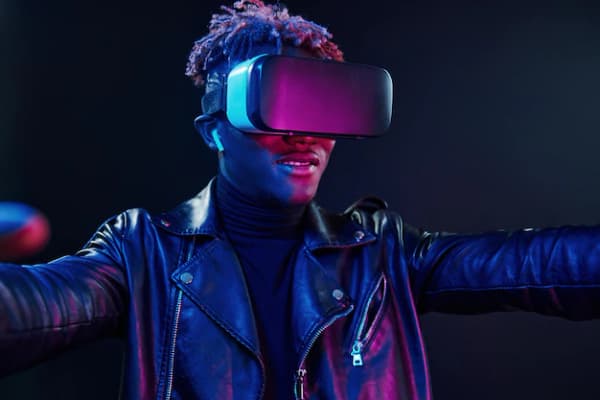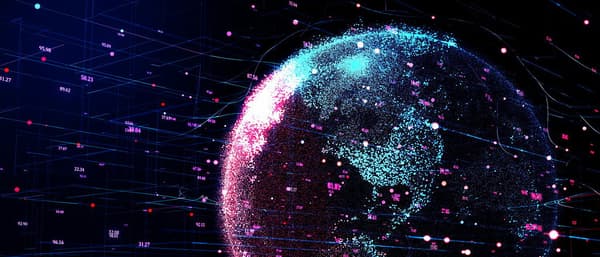Web2 vs Web3: Who takes the trophy?

Web2 vs Web3: Who takes the trophy?
The Web2 vs Web3 Showdown
Web3 is a proposed new version of the internet that have been making the rounds of late and it aims to address some of the problems with the current version, known as Web2. Web2 is the version of the internet that we use today, and it is characterized by the ability for users to create and share content especially on social media, as well as consume it.
However, Web2 has some drawbacks, including issues of paramount importance like data ownership, censorship, and security. Running a marketing campaign on web 2 based social channels is like paying for space to exhibit your products in someone's back yard and it can be dangerous, some owners have Pitbulls - pun intended!
Web3 aims to address these issues by incorporating technologies such as blockchain, artificial intelligence (AI), and augmented reality (AR).
The internet has evolved significantly since it was first introduced as Web1. Web1, also known as Web 1.0, was the first version of the internet and was characterized by static HTML pages that displayed information online. Web1 was decentralized, meaning that anyone could host a server, build applications, and publish information on the internet without being censored by gatekeepers. However, Web1 had limited interactivity and users could only communicate through simple chat messengers and forums.
Web2, or Web2.0, is the current version of the internet and is characterized by its focus on content creation. With the advent of mobile internet access and the popularization of smartphones, users can easily consume and create content. Companies such as WordPress and Tumblr offer platforms for users to create content, while social media companies like Facebook and Twitter allow users to connect and communicate with others around the world. However, Web2 is centralized and is dominated by a few large tech companies, which have built large databases of user data and often use it to keep users within their respective ecosystems. There are also ethical issues with Web2, including censorship, data tracking, and data ownership, as well as concerns about the protection of users' data.
Web3 aims to address these issues by giving users more control over their data and digital assets, such as posts, videos, and digital objects they have purchased. These assets would be stored on public blockchains, which would make them portable and allow users to move them to different platforms if they choose.
This would create more competition among platforms and could lead to platforms working harder to create value for their users. Web3 also aims to create more open and fair online platforms through the use of decentralized organizations, which are run by code rather than traditional hierarchical structures.
This could lead to more democratic and transparent decision-making processes and could empower individuals and communities who may have previously been excluded from traditional power structures. Additionally, Web3 could facilitate the creation of interoperable infrastructure layers that would allow platforms to easily connect to other platforms and expand the range of value they can offer to users.
As an final word, the world is evolving and it is only right that brands and businesses that hope to survive in this age start embracing change and do all that they can so that they are not left behind.
Free Consultation Call

